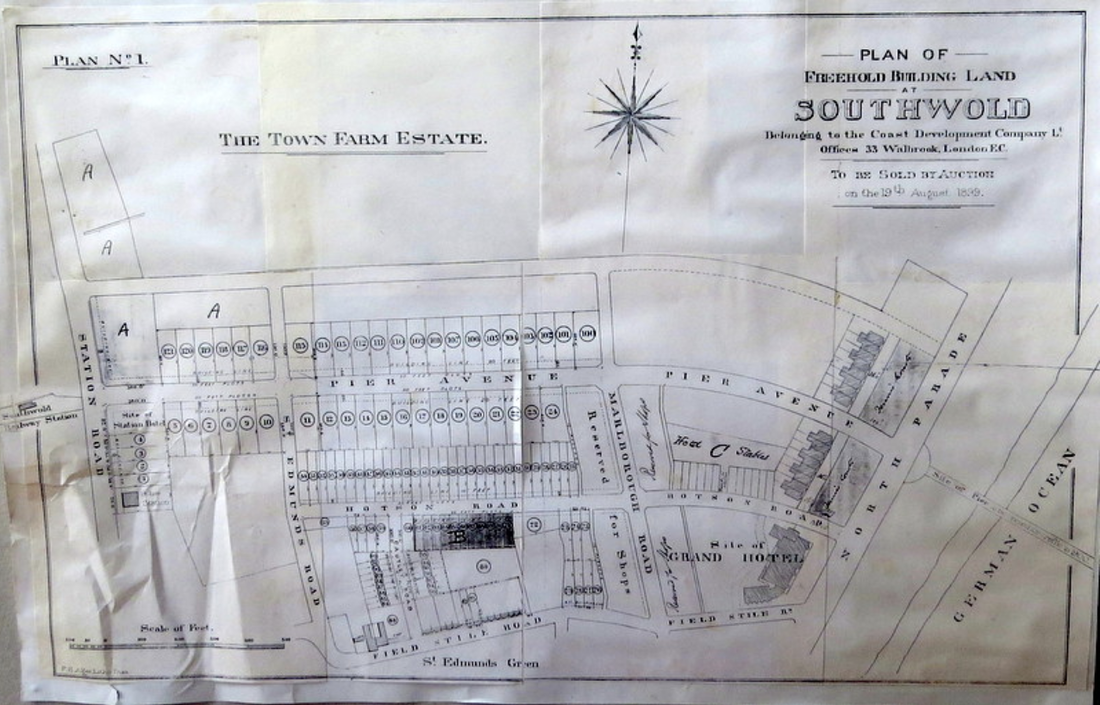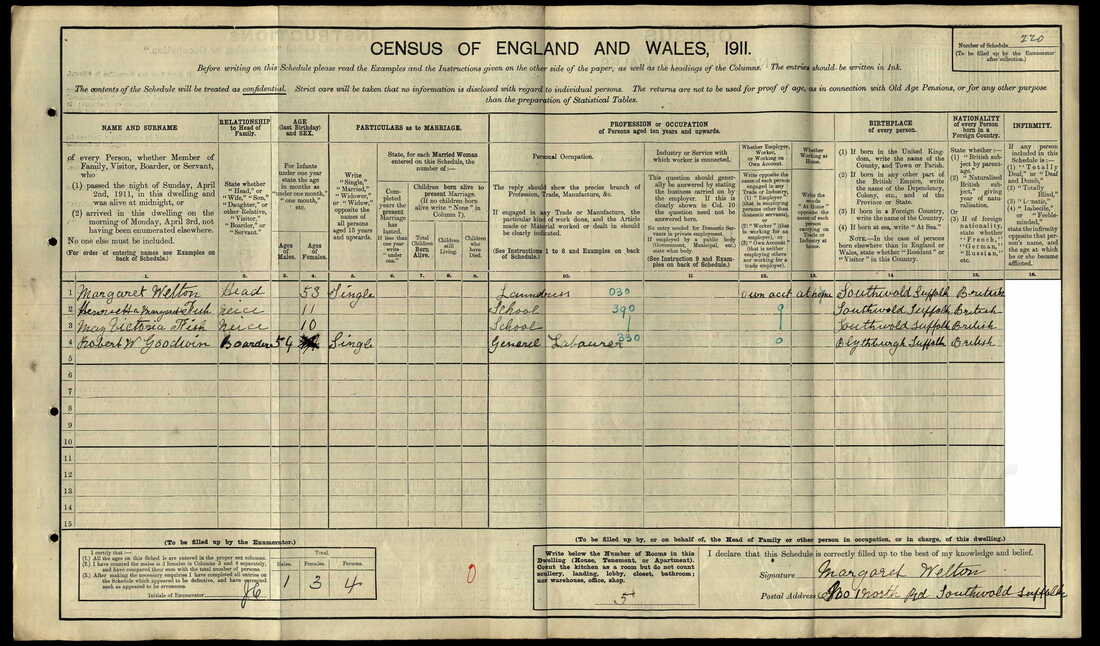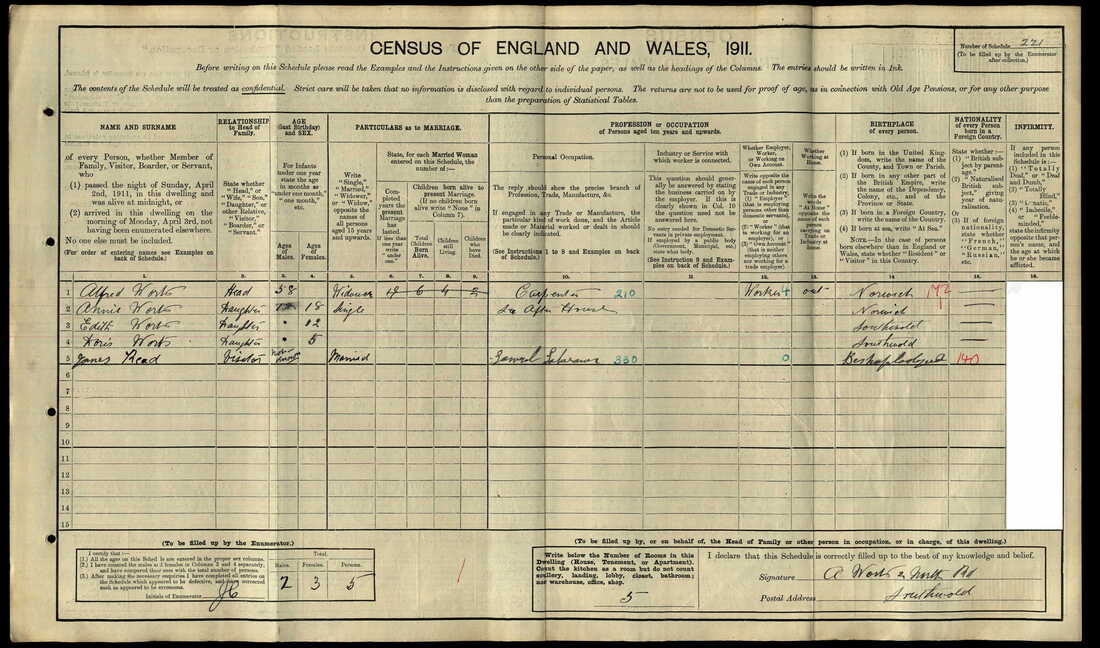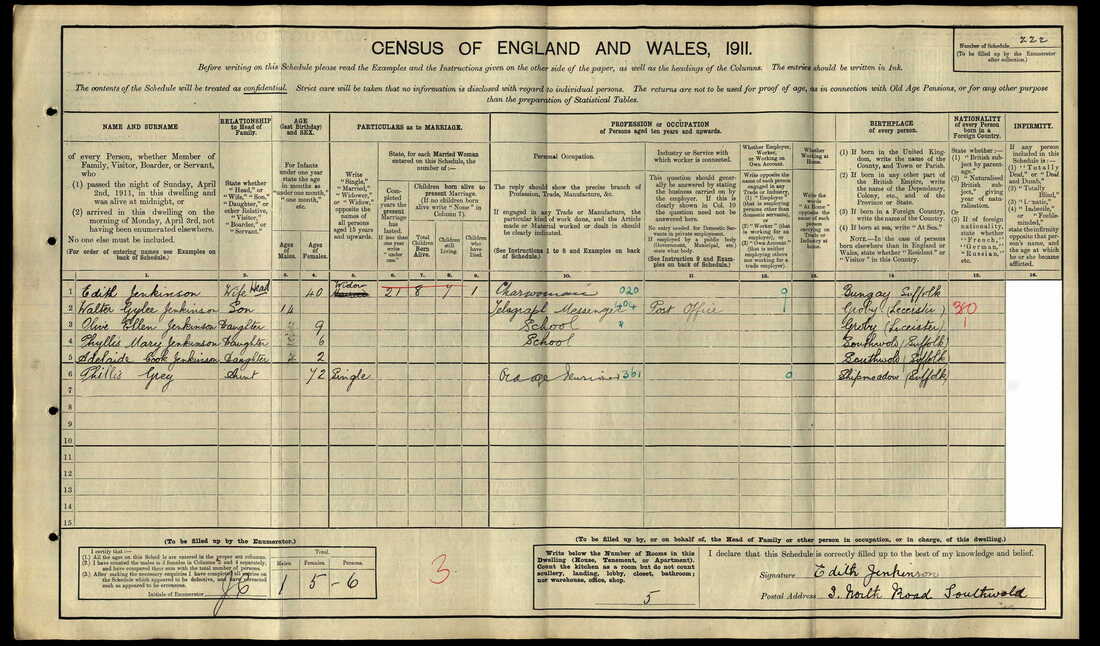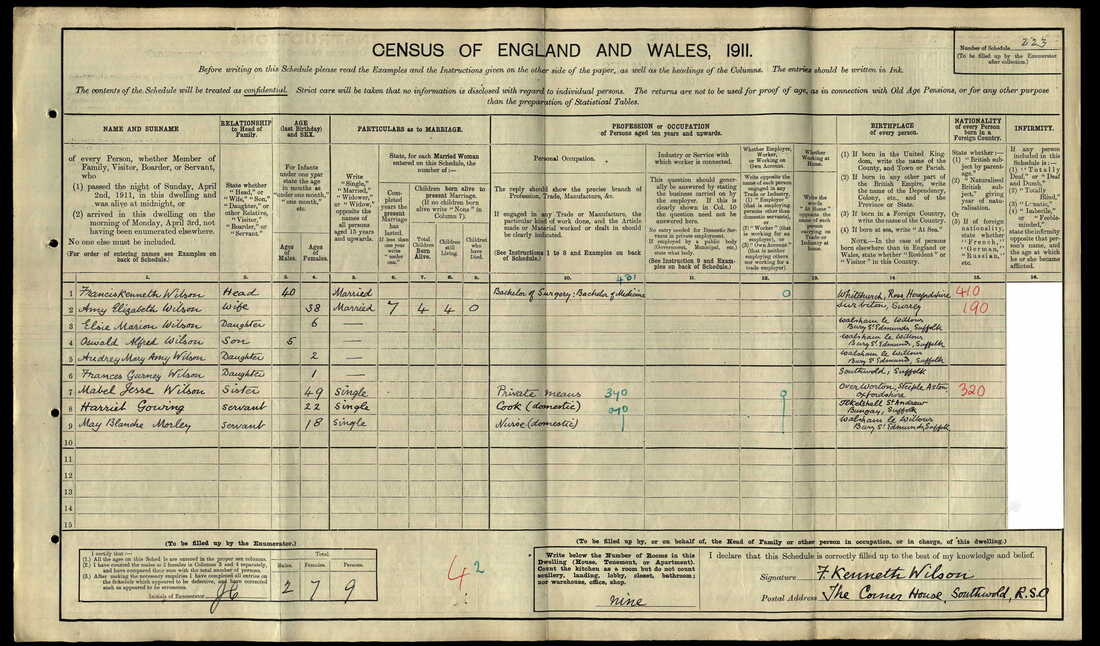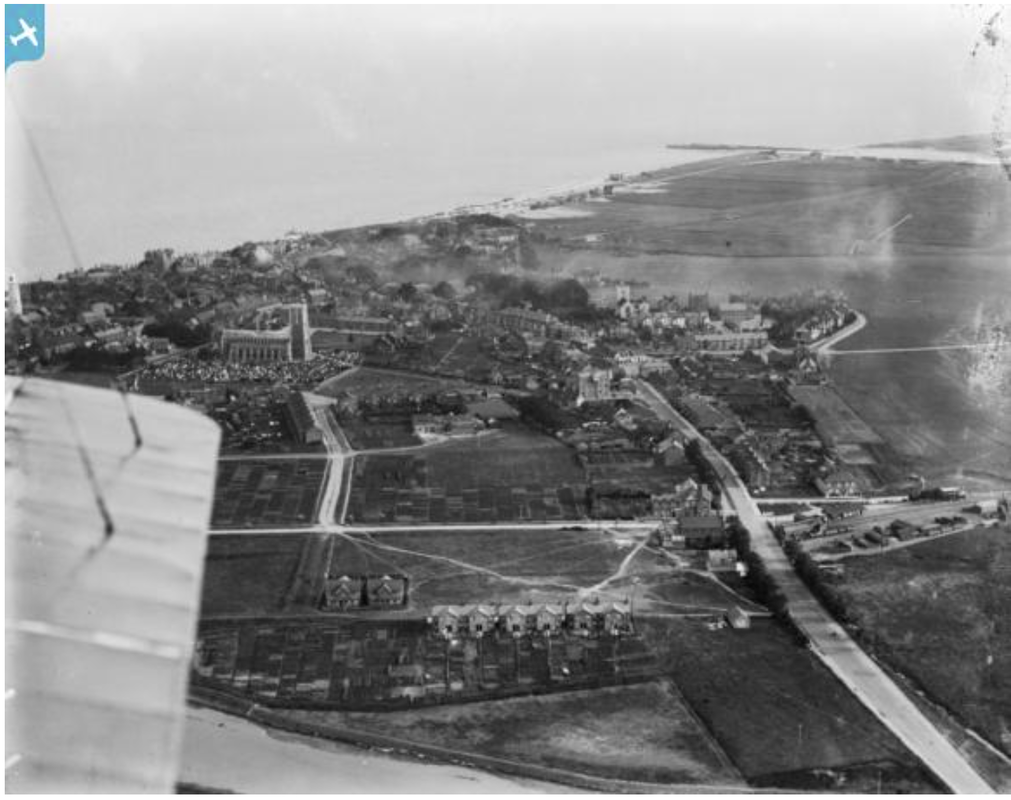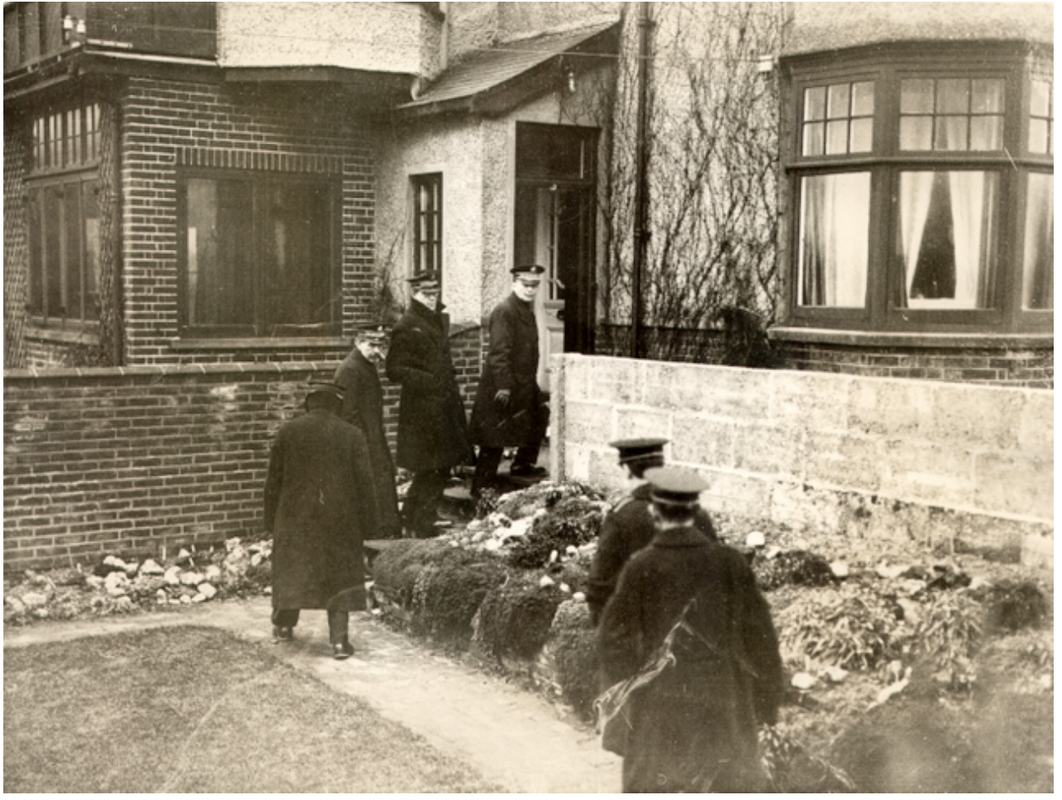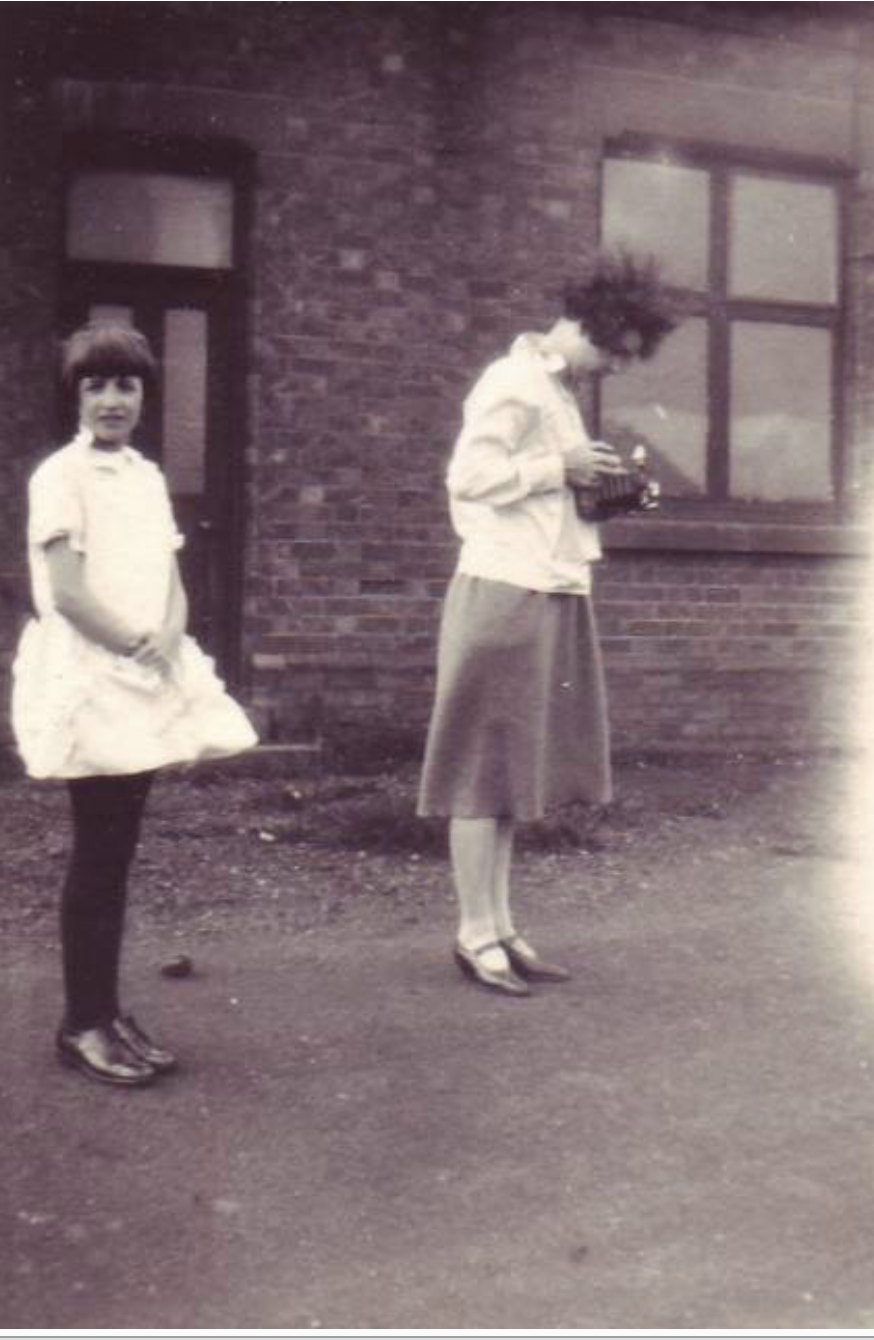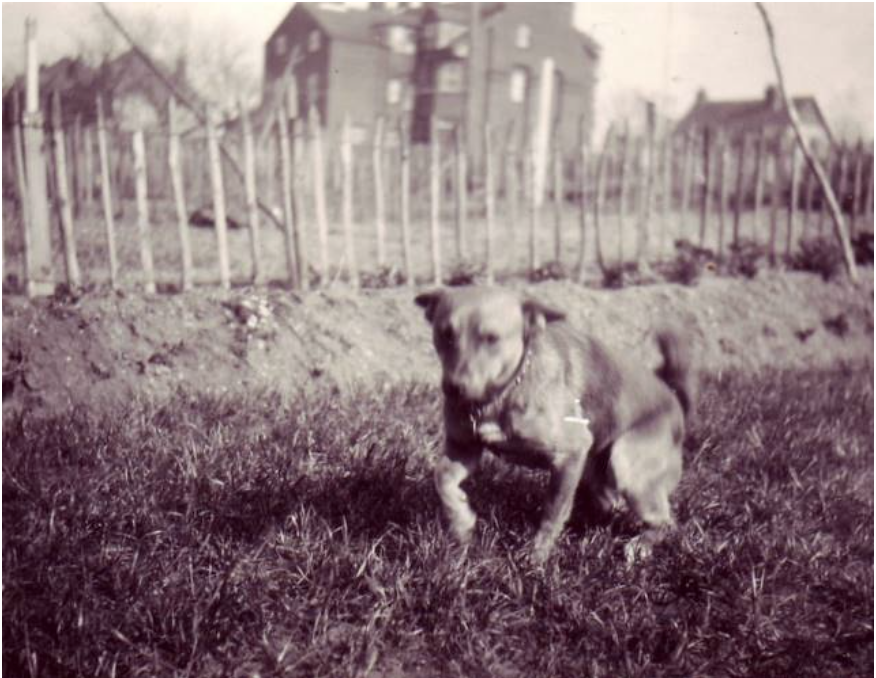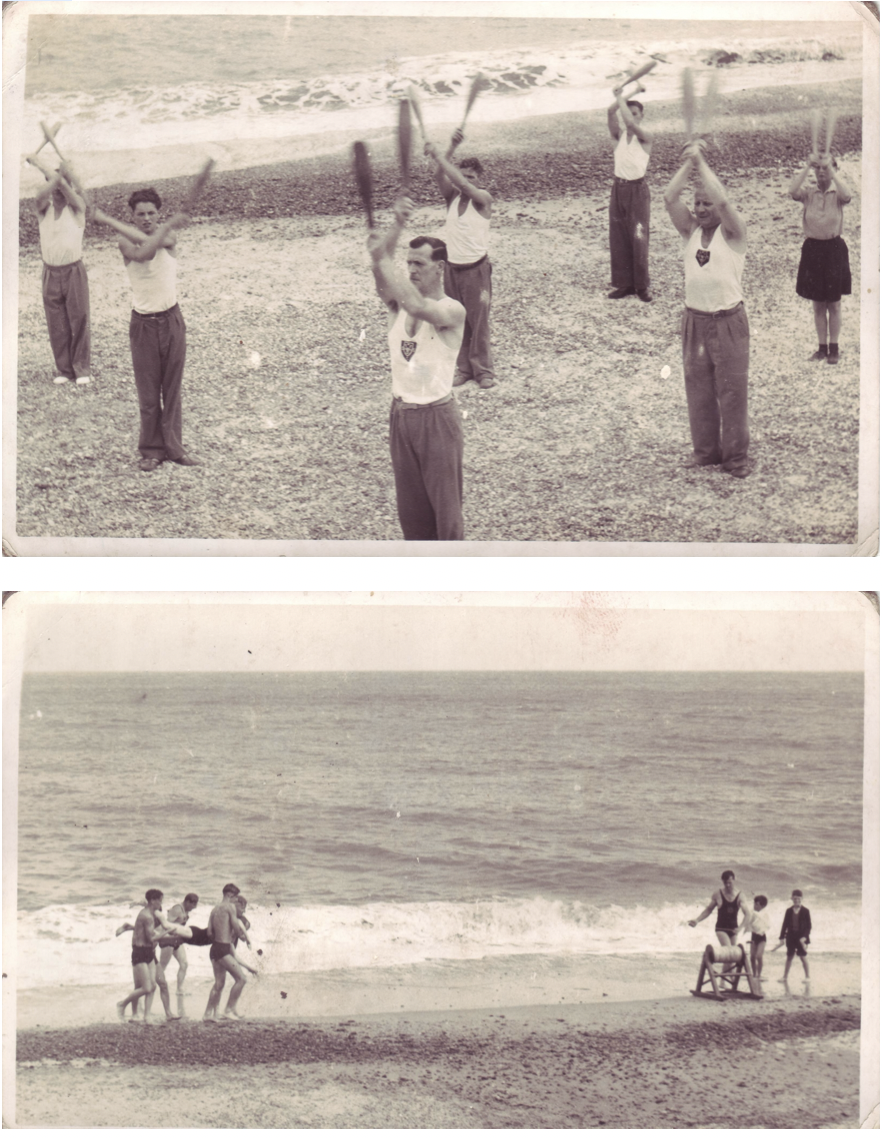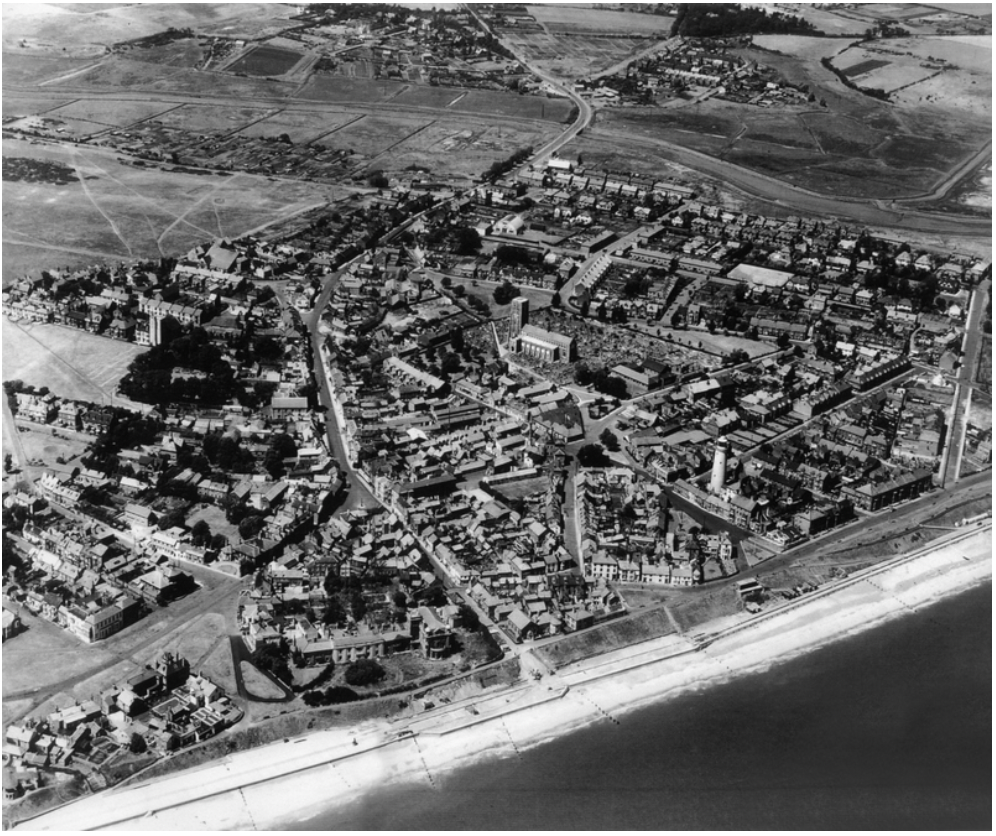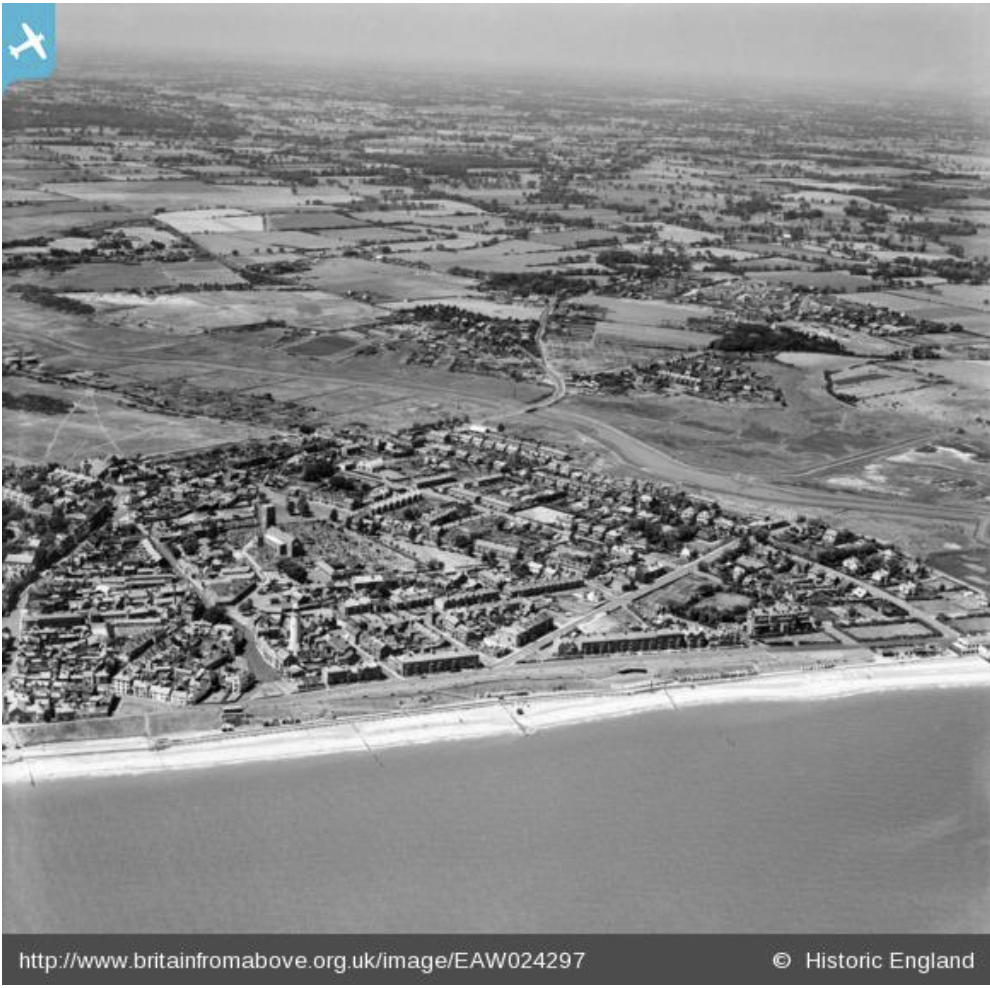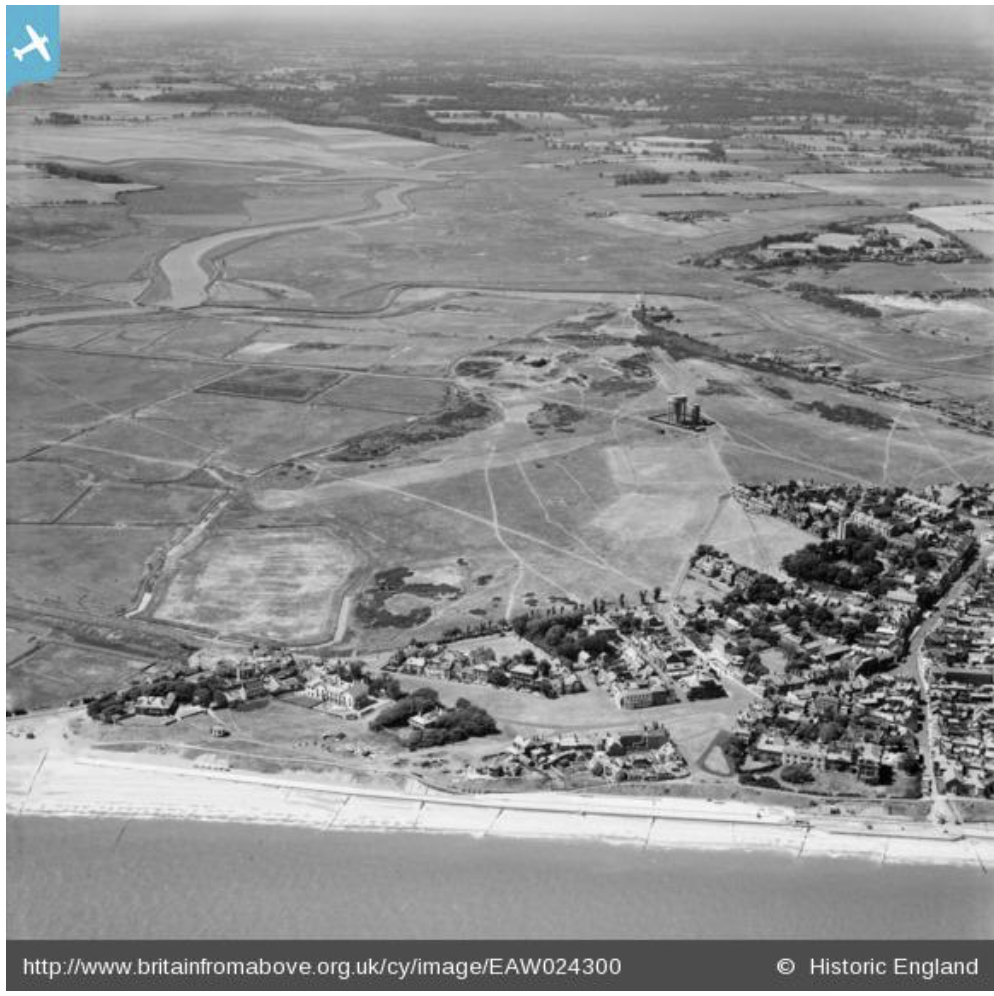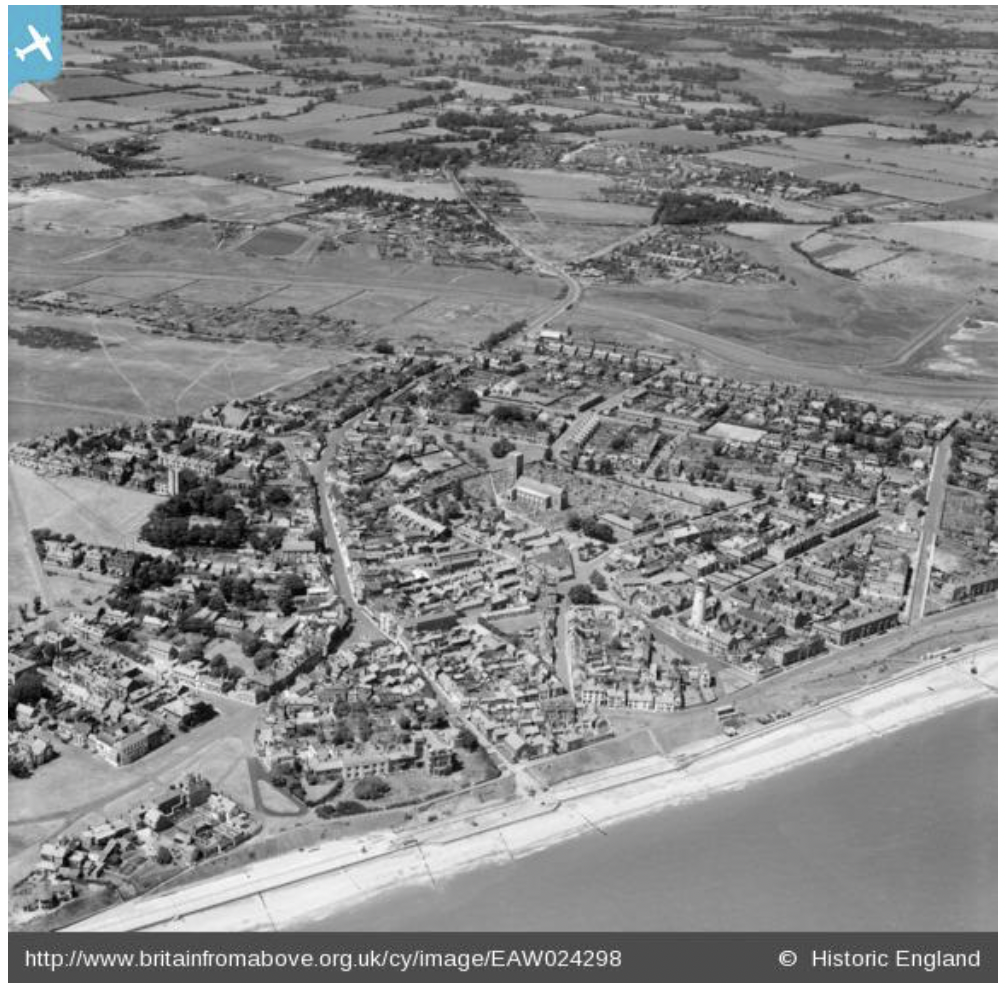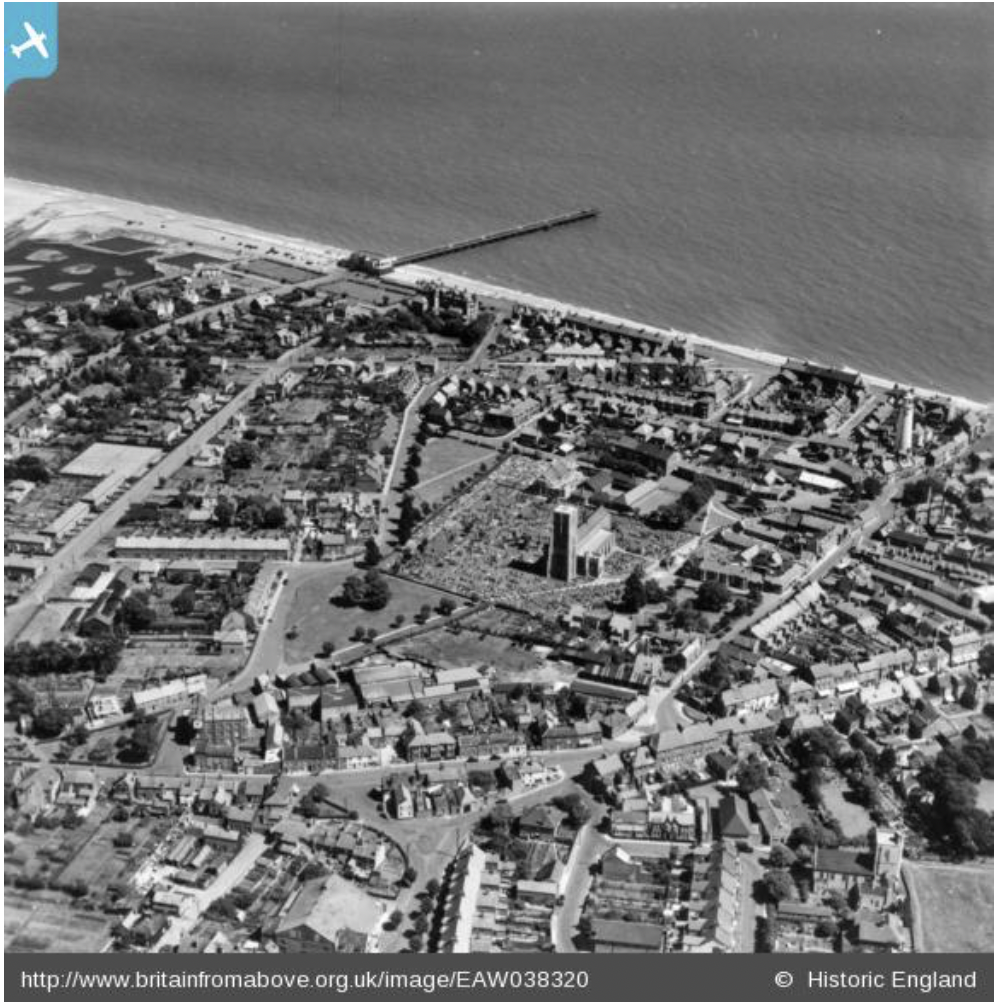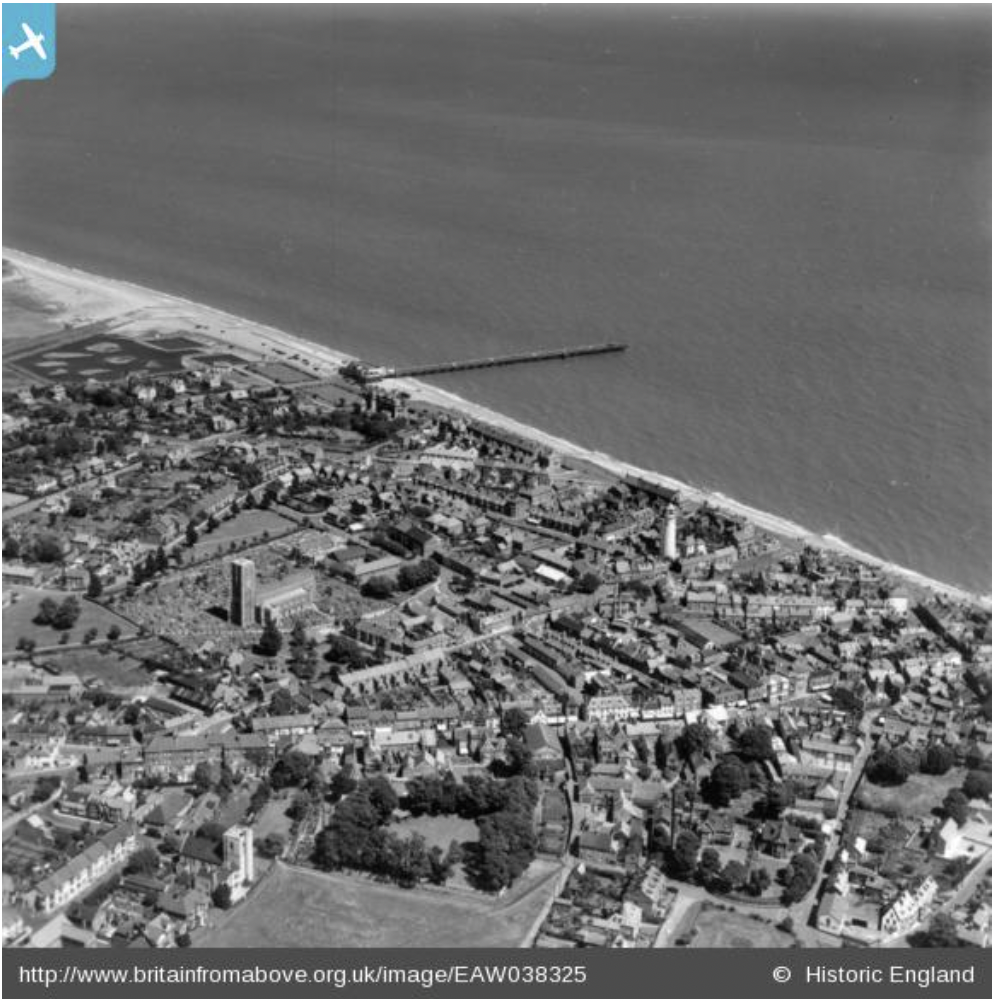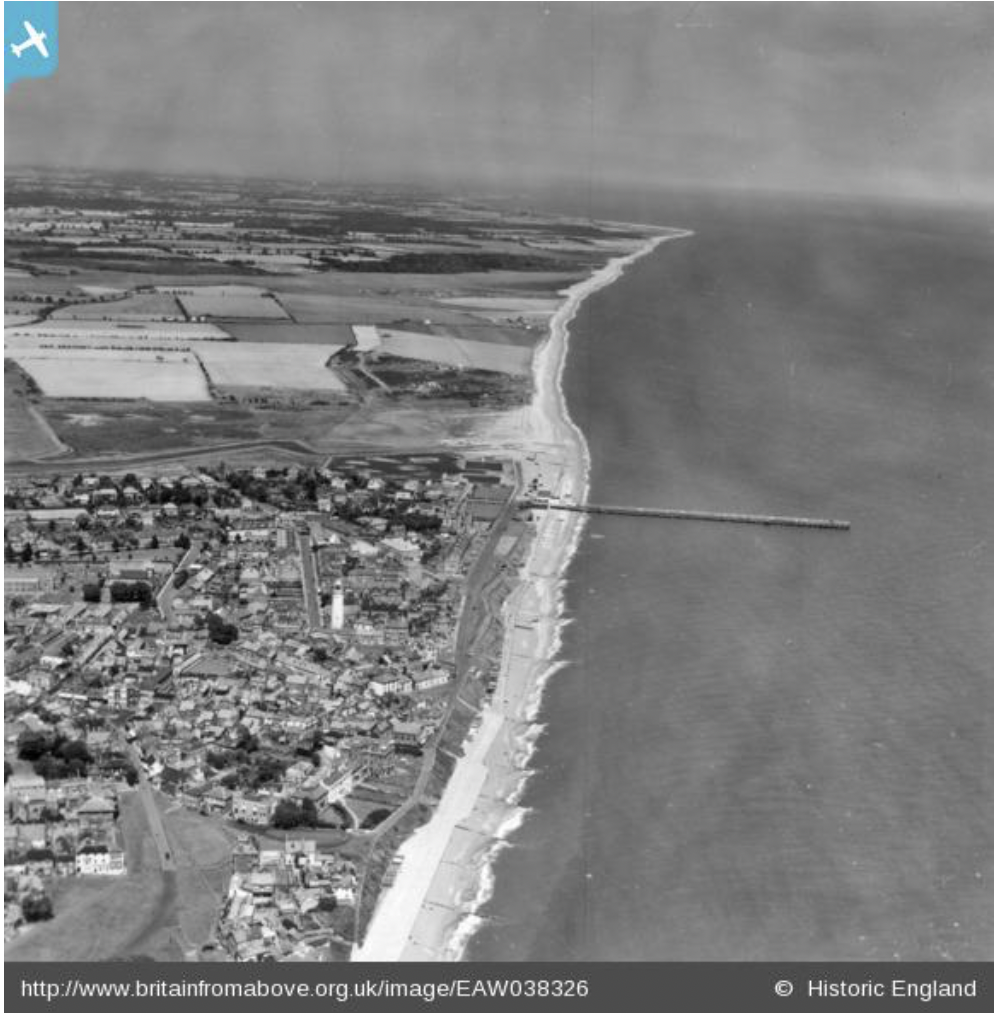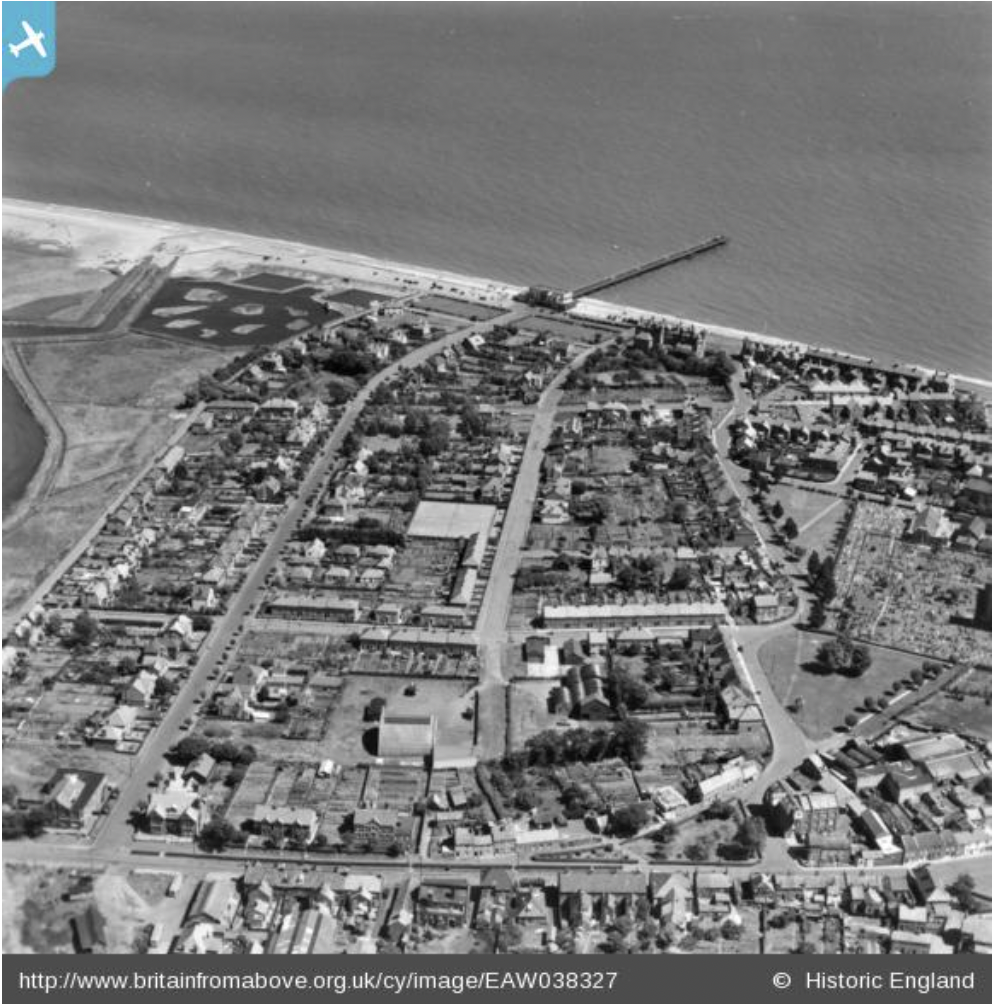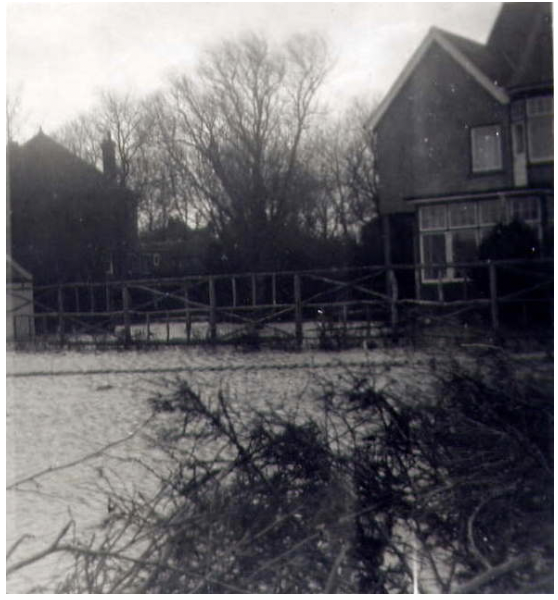Blank Title
History of North Road
1900s
On the cusp of the century, parcels of land on Pier Avenue were auctioned. This map was shown to me by John (Wiggy) Goldsmith.
On the cusp of the century, parcels of land on Pier Avenue were auctioned. This map was shown to me by John (Wiggy) Goldsmith.
The first houses on North Road were built in 1904 (typical early Edwardian). They were immediately next to the west of St Edmund's Road. Courtesy of Michael West. The 1911 census shows numbers 1 -3, presumably number 4 was unoccupied.
The 1905 Ordnance Survey map does not record the houses, just one in Pier Avenue, but it is possible to see the Railway Station and the rifle range to the north of North Road. There is a clear stretch of water in Buss Creek.
1910s
The houses (Turrets, Hill View) towards the east end of North Road were probably built. Creek House was built in 1912
The houses (Turrets, Hill View) towards the east end of North Road were probably built. Creek House was built in 1912
The council houses at the south west end of North Road were built and were the first to be funded from the rates generated by the Town.
Census records from 1911
1920s
The aerial photo below was taken from www.britainfromabove.org.uk. It was taken around 1920 and shows the council houses above and the 4 Edwardian houses on the corner of North Road and St Edmund's Road. More aerial shots can be found by clicking on the photo.
The aerial photo below was taken from www.britainfromabove.org.uk. It was taken around 1920 and shows the council houses above and the 4 Edwardian houses on the corner of North Road and St Edmund's Road. More aerial shots can be found by clicking on the photo.
Number 72 was built in 1923. Before it could be built, a vast amount of sand and gravel had to be brought in, both to create the road and to provide a sound foundation on which to build. During the 1953 floods the sea inundated the house to a depth of 1 foot.
The houses around number 45 were built in 1929. The road was unmade and the backs of the houses opened onto a field that went up to Pier Avenue.
In the 1920's General Bramwell Booth lived in a large house called The Turrets in North Road. The house still overlooks the boating lake and has fine views of Easton Bavents and the North Sea.
In the 1920's General Bramwell Booth lived in a large house called The Turrets in North Road. The house still overlooks the boating lake and has fine views of Easton Bavents and the North Sea.
The following picture was given to me by Michael Rowan-Robinson and shows a historic photo of the Salvation Army Council arriving at 71 North Rd to ask Bramwell to resign. He didn't let them in the house, of course.
1930s
The following photos are courtesy of Ann Thornton.
The back and front of 45 c1930. When the houses were built there were no extensions
The following photos are courtesy of Ann Thornton.
The back and front of 45 c1930. When the houses were built there were no extensions
Number 43 in 1937 with Michael West (thanks for the photos) and with his dog Sheila in 1938. Jack West was a bus driver when this photograph was taken in the 30s
Road all the way behind the North Road Houses across St Edmunds Road to the main road.
The garages behind 45 and adjacent houses were once a builder's yard 'Palfreys' and the concrete base of the cement shop can still be seen.
Towards the end of the 30s there were 2400 residents in Southwold, this has dropped to about 900 now. At the extreme south west end of North Road, Huttons, the builders had their business. They constructed Mights Cottage and houses in St Edmund's Road. Between them and the first houses in North Road there was a lane just wide enough for a horse and cart. It led to Carter's Marsh which is where the Stella Peskett Hall is now situated. The Circus and other events used to be held there. Opposite Huttons, on the north side, was Blythe's Furniture store and Removals.
The 2 blocks of houses to the east side of St Edmunds Rd were known as Noller's Flats after the builder. The concrete steps to the top flats can still be seen on one of the properties. Evidence of Noller's the builder can be seen from the many drain covers in the gardens of the houses.
The garages behind 45 and adjacent houses were once a builder's yard 'Palfreys' and the concrete base of the cement shop can still be seen.
Towards the end of the 30s there were 2400 residents in Southwold, this has dropped to about 900 now. At the extreme south west end of North Road, Huttons, the builders had their business. They constructed Mights Cottage and houses in St Edmund's Road. Between them and the first houses in North Road there was a lane just wide enough for a horse and cart. It led to Carter's Marsh which is where the Stella Peskett Hall is now situated. The Circus and other events used to be held there. Opposite Huttons, on the north side, was Blythe's Furniture store and Removals.
The 2 blocks of houses to the east side of St Edmunds Rd were known as Noller's Flats after the builder. The concrete steps to the top flats can still be seen on one of the properties. Evidence of Noller's the builder can be seen from the many drain covers in the gardens of the houses.
The car-park at the end of North Road did not exist until after the 53 flood. In 1937 it was the site of, as Frank Mortlock puts it, 'a small village of huts'. These were used by the many fishermen in the town. Frank as a boy used to help give horse rides the length of the private road part of North Road. The horses, Doodles, Tommy and Major were owned by Will Goldsmith. The horse rides cost 3d. Will also used one of the horses to pull a landau and give rides along North Parade. They were stabled in what are now the garages opposite The Nelson.

Mr Levett lived in Wolsey Cotttage, he worked on the buses (as a driver).

His near neighbours were Mr Alec Noller, son of Noller the builder (no. 42)

John Palmer, fisherman, lived in the bungalow (no. 21). It has now been demolished. He was also the engineer on the lifeboat (Mary Scott). Apparently he was a 'large' man and his bicycle was equipped with a motor cycle seat.

The Mary Scott
The house on the east corner of North Road and Marlborough Road is The Willows, its occupant in 1937 was Mr Coveney (The Adnams brewer)

Other occupants of North Road in 1937 were The Jarvis' (1)
Mr Fox-Willmore (4), The Doys (6), The Askminalls (12), The Hurrs (16), The Stannards (20), The Runnacles' (22), The Lands (24), The Goffins (28), The Tibbinhams (30), The Moores (32), The Buttons (34), The Ketts (36), The Chapmans (38), The Ladds (40). Fred Neal, the choir master lived at 46.
Mr Fox-Willmore (4), The Doys (6), The Askminalls (12), The Hurrs (16), The Stannards (20), The Runnacles' (22), The Lands (24), The Goffins (28), The Tibbinhams (30), The Moores (32), The Buttons (34), The Ketts (36), The Chapmans (38), The Ladds (40). Fred Neal, the choir master lived at 46.


Creek Cottages (nos. 54-58) were a block of 5 houses rather than 6 in the case of Mights Cottages.
In 1937 the inhabitants were The Mays, The Mortlocks, The Waters', The Hurrs and The Canells
Creek Cottages (nos. 54-58) were a block of 5 houses rather than 6 in the case of Mights Cottages.
In 1937 the inhabitants were The Mays, The Mortlocks, The Waters', The Hurrs and The Canells

In 1939 an Eastern Counties bus crashed on Wolsey Bridge because the front wheel came apart. The driver was Jack West. Michael West, his son kindly provide me with some postcards and a clipping from the 1930 EADT.
1940s
John Hutton has a recollection from the early 1940s.
"A vivid memory of North road I have that I think would interest you concerns a day in either 1940 or 41. it was during the school summer holidays, I was in my father's workshop at the West end of the road while he was working at his bench. I heard an aircraft's engines approaching , and like many small boys, was very keen on aircraft recognition, in fact I can truthfully say I could instantly identify any plane that currently was flying at the time. I ran outside, to see a Dornier 17 Luftwaffe bomber flying over quite sedately without a shot being fired at it. I ran in and shouted to my father " Dad there's a jerry up there ", he quickly came out and as we both looked up at it, some men working at Blythe's depository opposite took an interest and my father called to them " John reckon that's a jerry up there " the looks of disbelief on their faces quickly vanished when a string of bombs detached from it and headed in our general direction. Dad shouted " get inside and lay on the floor by the mortice machine ", A large heavy cast iron thing, and the strongest item in there, I adopted the blast position we'd been taught at school, eyes tight shut, mouth open, hands over ears and tongue rolled back as the bombs screamed down, ancient dust falling from the ceiling from the concussion. Luckily for us they fell in Hotson road, I don't think there were any casualties from them, but houses were destroyed and damaged. Dad said "run home boy so your mother knows your alright".
Frank Mortlock commented on the Observer Post that is now in the sea. He recollects how his father (Harold) who was one of six volunteers who manned the post during the war was injured. He lost his lower leg in an explosion outside the building, possibly from a grenade. This is reported in Tom King's "My Second World War Diaries in Southwold". Tom King was a policeman and on March 10, 1944 wrote:
'Weather. Fog early and overcast, cleared a bit later, wind WNW moderate. Spent the morning doing bits and pieces and had a sleep in the afternoon fairly quiet day, a few planes. The Military made a good bit of noise on the common practising with smoke bombs and explosives, had a walk round in the evening, plenty of search lights up, otherwise quiet. Came on duty again at 21.30 fairly quiet night from planes, just getting a bit of a nap ay 04.00 when the Coastguards phoned to say Harold Mortlock had met with an accident while on duty at Easton Bavents look out and injured his foot. I phoned for an ambulance and informed the hospital, later reports said his right foot was badly lacerated and they feared it would have to be amputated, he was transferred to Ipswich Hospital. Had crowds of planes buzzing about from 06.00, came off duty 08.00.'
He also told me about the dangers of the Sten guns that were being used and that one had inadvertently gone off and a bullet passed through Mr Burrage's thigh.
During the war years The Turrets was occupied by the army and I am told that on one occasion a hand grenade was thrown from the house out into what is now the boating lake. This had a lasting effect on one of the young lads from North Road. Apparently he also found unexploded shells which he delighted in detonating on the marshes! Not content with that you may remember that the power cables used to consist of four lines. A length of flexible wire was thrown over them which resulted in a dramatic effect and North Road lost its electricity for some time......
World War II memorabilia such as the remnants of this large shell case can be found on the beach.
John Hutton has a recollection from the early 1940s.
"A vivid memory of North road I have that I think would interest you concerns a day in either 1940 or 41. it was during the school summer holidays, I was in my father's workshop at the West end of the road while he was working at his bench. I heard an aircraft's engines approaching , and like many small boys, was very keen on aircraft recognition, in fact I can truthfully say I could instantly identify any plane that currently was flying at the time. I ran outside, to see a Dornier 17 Luftwaffe bomber flying over quite sedately without a shot being fired at it. I ran in and shouted to my father " Dad there's a jerry up there ", he quickly came out and as we both looked up at it, some men working at Blythe's depository opposite took an interest and my father called to them " John reckon that's a jerry up there " the looks of disbelief on their faces quickly vanished when a string of bombs detached from it and headed in our general direction. Dad shouted " get inside and lay on the floor by the mortice machine ", A large heavy cast iron thing, and the strongest item in there, I adopted the blast position we'd been taught at school, eyes tight shut, mouth open, hands over ears and tongue rolled back as the bombs screamed down, ancient dust falling from the ceiling from the concussion. Luckily for us they fell in Hotson road, I don't think there were any casualties from them, but houses were destroyed and damaged. Dad said "run home boy so your mother knows your alright".
Frank Mortlock commented on the Observer Post that is now in the sea. He recollects how his father (Harold) who was one of six volunteers who manned the post during the war was injured. He lost his lower leg in an explosion outside the building, possibly from a grenade. This is reported in Tom King's "My Second World War Diaries in Southwold". Tom King was a policeman and on March 10, 1944 wrote:
'Weather. Fog early and overcast, cleared a bit later, wind WNW moderate. Spent the morning doing bits and pieces and had a sleep in the afternoon fairly quiet day, a few planes. The Military made a good bit of noise on the common practising with smoke bombs and explosives, had a walk round in the evening, plenty of search lights up, otherwise quiet. Came on duty again at 21.30 fairly quiet night from planes, just getting a bit of a nap ay 04.00 when the Coastguards phoned to say Harold Mortlock had met with an accident while on duty at Easton Bavents look out and injured his foot. I phoned for an ambulance and informed the hospital, later reports said his right foot was badly lacerated and they feared it would have to be amputated, he was transferred to Ipswich Hospital. Had crowds of planes buzzing about from 06.00, came off duty 08.00.'
He also told me about the dangers of the Sten guns that were being used and that one had inadvertently gone off and a bullet passed through Mr Burrage's thigh.
During the war years The Turrets was occupied by the army and I am told that on one occasion a hand grenade was thrown from the house out into what is now the boating lake. This had a lasting effect on one of the young lads from North Road. Apparently he also found unexploded shells which he delighted in detonating on the marshes! Not content with that you may remember that the power cables used to consist of four lines. A length of flexible wire was thrown over them which resulted in a dramatic effect and North Road lost its electricity for some time......
World War II memorabilia such as the remnants of this large shell case can be found on the beach.
Nick Wood has kindly provided me some pictures of the sea defences.
John Hutton has contacted me again about an incident in the war. He recalls:
'On 5th May 1941, an unusual aircraft landed in a field in Easton Bavents / Covehithe. My pal Charlie Martin and I heard of this through the grapevine and hot footed it up that way. We were rewarded with a perfect view of this machine in Luftwaffe markings from about 50 yards. The armed guard prevented us getting any closer. My supposed skills in aircraft recognition were completely thrown by this strange twin boomed machine, but we heard later that it was a Fokker G1 fighter captured by the Germans from the Dutch Air Force.'
Lifeguards used to train on the beach. Michael West (2nd from left) gave me these images from 1948
'On 5th May 1941, an unusual aircraft landed in a field in Easton Bavents / Covehithe. My pal Charlie Martin and I heard of this through the grapevine and hot footed it up that way. We were rewarded with a perfect view of this machine in Luftwaffe markings from about 50 yards. The armed guard prevented us getting any closer. My supposed skills in aircraft recognition were completely thrown by this strange twin boomed machine, but we heard later that it was a Fokker G1 fighter captured by the Germans from the Dutch Air Force.'
Lifeguards used to train on the beach. Michael West (2nd from left) gave me these images from 1948
This aerial view was probably taken around 1948 and shows where houses had been bombed in Marlborough Road.
These images are downloaded from britainfromabove.org.uk and are dated 1949.
1950s.
These aerial photographs are downloaded from britainfromabove.org.uk and are dated 1951.
These aerial photographs are downloaded from britainfromabove.org.uk and are dated 1951.
This picture of The Turrets was taken after the 1953 flood by Michael West's mother.
Site powered by Weebly. Managed by Easy Internet Solutions LTD
